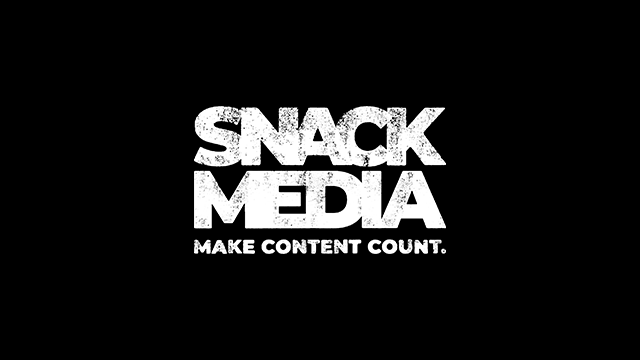World Cups and Olympic Games are epochal events in history. People measure their lives
by these events.
It feels that way because four years is quite a nice chunk of time to look back over – long
enough ago for things to have changed, but not too long ago that it feels like a completely
different time. Especially when it comes to football: most of the players haven’t changed, but
some of the older names have retired and some new ones have come through.
Technology is a huge driver for that feeling, though. The difference between social media
now and four years ago is probably greater than you think: designs and functions have
changed, Twitter has doubled its character limit, Instagram has a Stories function and
Facebook includes live streaming. Podcasts have taken off. Most people have phones
capable of dealing with these things seamlessly, too.
It might be trite to suggest that this will be the ‘most digital World Cup ever’. We say that
every time. It’s probably true, but only because that’s just how the passage of time works:
our technology gets better every year.
This time, though, the difference may well be pronounced.
Take the announcement of the World Cup squads: plenty of the nations taking part created
bespoke videos which really understood the current social media climate. Even the BBC
announced their own ‘line-up’ with a mock-up WhatsApp conversation – a staple of the
transfer video craze.
Then there’s the fact that four years ago, Twitter had only just created the functionality to
post video natively to its platform: and even then it took a good 20 minutes to actually post
anything. Now, the likes of MLS, NBA and the PGA Tour are posting highlights clips of the
best action moments after they happen. Expect the same thing to happen during this World
Cup, giving a hugely different flavour to following the tournament on social media, whether
second-screening or keeping up to date exclusively on social.
Since last time, too, Instagram has started to really grow, perhaps overtaking the others as
the home of sport in some sense: Stories allows fans to follow in real-time whilst most of the
players will probably be amusing themselves on the platform in their hotels between games.
Since Brazil four years ago, the landscape has changed dramatically. This time social media
won’t just be complementary to the action – it’s where you’ll find all of the main stories off the
field.
Then there’s the fact that four years ago, Twitter had only just created the functionality to
post video natively to its platform: and even then it took a good 20 minutes to actually post
anything. Now, the likes of MLS, NBA and the PGA Tour are posting highlights clips of the
best action moments after they happen. Expect the same thing to happen during this World
Cup, giving a hugely different flavour to following the tournament on social media, whether
second-screening or keeping up to date exclusively on social.
Since last time, too, Instagram has started to really grow, perhaps overtaking the others as
the home of sport in some sense: Stories allows fans to follow in real-time whilst most of the
players will probably be amusing themselves on the platform in their hotels between games.
Since Brazil four years ago, the landscape has changed dramatically. This time social media
won’t just be complementary to the action – it’s where you’ll find all of the main stories off the
field.



